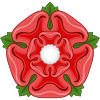Related Research Articles
Simon Langham was an English clergyman who was Archbishop of Canterbury and a cardinal.
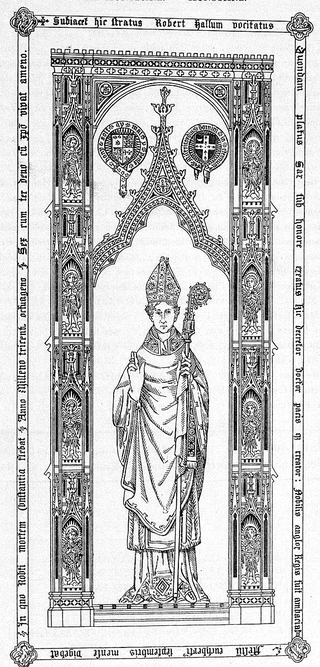
Robert Hallam was an English churchman, Bishop of Salisbury and English representative at the Council of Constance. He was Chancellor of the University of Oxford from 1403 to 1405.

Thomas Rotherham, also known as Thomas (Scot) de Rotherham, was an English cleric and statesman. He served as bishop of several dioceses, most notably as Archbishop of York and, on two occasions as Lord Chancellor. He is considered a venerable figure in Rotherham, South Yorkshire, his town of birth.
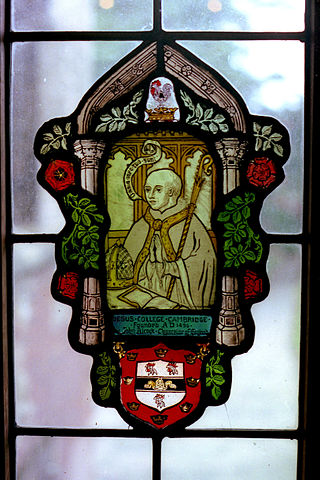
John Alcock was an English churchman, bishop and Lord Chancellor.
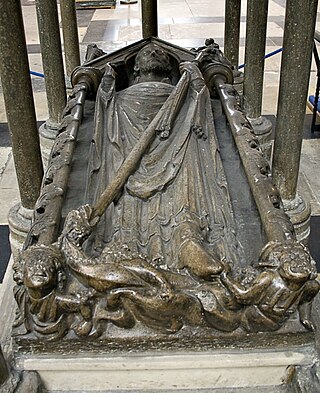
Walter de Gray was an English prelate and statesman who was Archbishop of York from 1215 to 1255 and Lord Chancellor from 1205 to 1214. His uncle was John de Gray, who was a bishop and royal servant to King John of England. After securing the office of chancellor, the younger Gray was a supporter of the king throughout his struggles and was present at the signing of Magna Carta in 1215. After two unsuccessful elections to a bishopric, he became Bishop of Worcester in 1214 but soon after moved to York. During the reign of John's son, King Henry III, Gray continued to serve the king while also being active in his archdiocese. He died in 1255 and was buried at York Minster, where his tomb still survives.
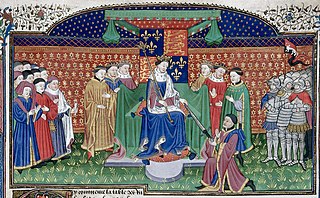
John Stafford was a medieval English prelate and statesman who served as Lord Chancellor (1432–1450) and as Archbishop of Canterbury (1443–1452).
Walter Giffard was Lord Chancellor of England and Archbishop of York.
Sigeric was the Archbishop of Canterbury from 990 to 994. Educated at Glastonbury Abbey, he became a monk there before becoming an abbot and then Bishop of Ramsbury before his elevation to the archbishopric. An account of his pilgrimage to Rome in 990 survives and is an important source for historians studying Rome during his lifetime.

The Bishop of Bath and Wells heads the Church of England Diocese of Bath and Wells in the Province of Canterbury in England.
Henry Murdac was abbot of Fountains Abbey and Archbishop of York in medieval England.
John of Thoresby was an English clergyman and politician, who was Bishop of St David's, then Bishop of Worcester and finally Archbishop of York. He was Lord Chancellor of England under King Edward III starting from 1349.
William Booth or Bothe was Bishop of Coventry and Lichfield from 1447 before becoming Archbishop of York in 1452 until his death in 1464.
Thomas Brunce was a 15th-century Bishop of Rochester and then Bishop of Norwich.

Walter Skirlaw was an English bishop and diplomat. He was Bishop of Durham from 1388 to 1406. He was an important adviser to Richard II of England and Henry IV of England.
Thomas Cobham was an English churchman, who was Archbishop-elect of Canterbury in 1313 and later Bishop of Worcester from 1317 to 1327.
Philip Morgan was a Welsh clergyman who served as Bishop of Worcester (1419–1426), then as Bishop of Ely (1426–1435).
Duduc was a medieval Bishop of Wells.
Louis of Luxembourg;. Bishop of Therouanne 1415–1436, Archbishop of Rouen, 1436, Bishop of Ely 1437, Cardinal.

Samson was a medieval English clergyman who was Bishop of Worcester from 1096 to 1112.
Ealdred was a medieval Bishop of Cornwall. He was consecrated between 981 and a period between 988 and 990. He died between 1002 and 1009.
References
- Allmand, Christopher Henry V Berkeley: University of California Press 1992 ISBN 0-520-08293-1
- Chaplais, Pierre, English Diplomatic Practice in the Middle Ages London: Hambledon and London 2003 ISBN 1-85285-395-6
- Fryde, E. B.; Greenway, D. E.; Porter, S.; Roy, I. (1996). Handbook of British Chronology (Third revised ed.). Cambridge: Cambridge University Press. ISBN 0-521-56350-X.
